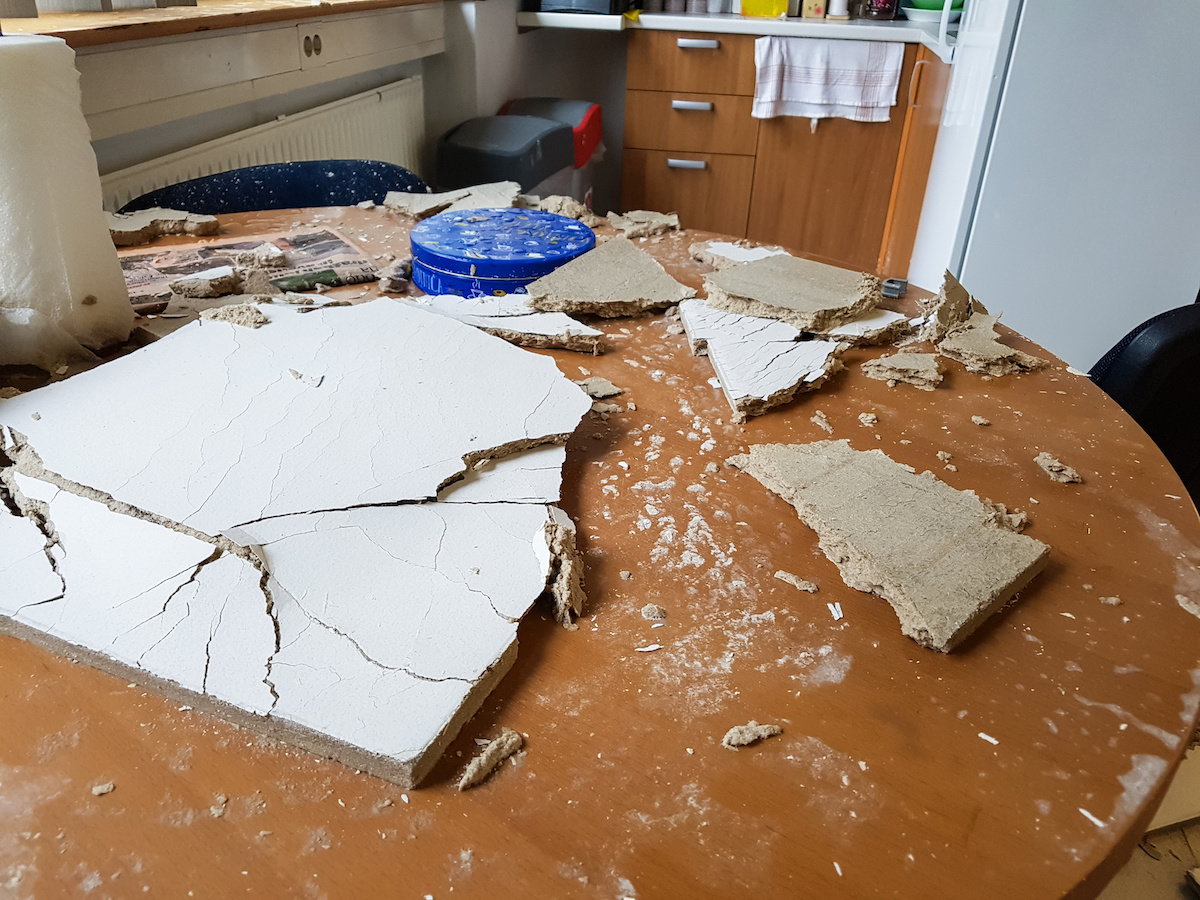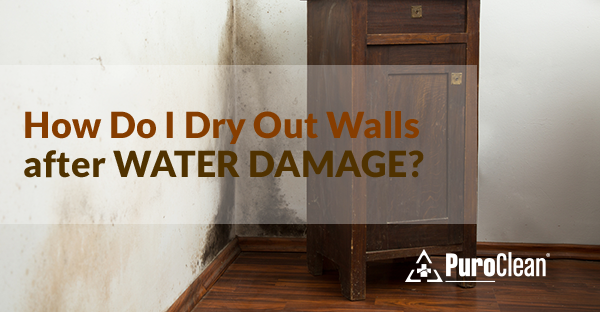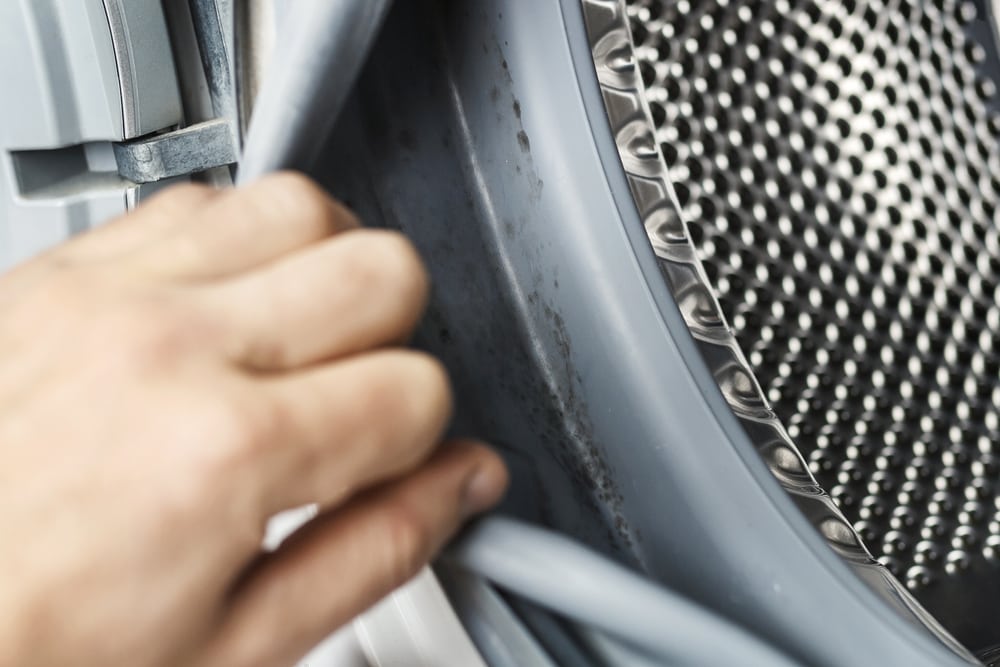There are major reasons to protect hardwood floors from water damage. Hardwood floors elevate the beauty and elegance of any space. However, their very nature makes them susceptible to water damage. Unlike tile or laminate, even a small amount of moisture can wreak havoc on hardwood, causing warping, buckling, and unsightly stains. The good news is that there are proactive steps you can take to protect your hardwood floors and prevent water damage from turning your dream floor into a costly nightmare.
Waterproofing is your first line of defense in the battle against moisture. While hardwood floors themselves have a natural level of water resistance, a high-quality sealant adds an extra layer of protection, repelling spills and making cleanup a breeze. By incorporating these simple waterproofing hacks into your routine, you can ensure your hardwood floors stay looking their best for years to come.
Strategies Protect Hardwood Floors
Hack #1: Protect Hardwood Floors with a High-Quality Sealant
The foundation to protect hardwood floors lies in applying a high-quality sealant. Think of it as an invisible shield that repels moisture and protects your investment. There are two main types of sealants to consider:
- Penetrating Sealants: These soak into the wood, creating a water-resistant barrier from within. Penetrating sealants are a good choice for high-traffic areas and offer a more natural look. Reapplication may be necessary every few years to protect hardwood floors and maintain optimal protection.
- Surface Sealants: These create a thin film on the surface of the wood, providing excellent water resistance. Surface sealants offer a higher gloss finish and are easier to maintain, but may show wear and tear more quickly. Regular inspection and reapplication every 1-2 years is recommended to protect your hardwood floors.
Applying a Sealant:
Before applying any sealant, ensure your hardwood floors are completely clean and free of debris. Oil-based sealants typically require a longer drying time than water-based ones. Always follow the manufacturer’s instructions for application and drying times. Remember, proper ventilation is crucial during the application process.
Hack #2: Protect Hardwood Floors with Area Rugs
Area rugs can be your hardwood floors’ best friends in the fight against water damage. Strategically placed area rugs act as a barrier, catching spills and drips before they reach the wood. Here’s how to maximize their protective potential:
- High Moisture Zones: Priority goes to areas with a high risk of water exposure, like entryways, kitchens, and bathrooms. Place a doormat just outside entry doors to capture moisture from shoes, and consider a larger absorbent rug inside the doorway to catch any tracked-in water. Kitchen rugs placed strategically near the sink and stove can also be a lifesaver for spills.
- Size Matters: Choose area rugs that are large enough to extend beyond the high-traffic areas around furniture. This ensures spills don’t pool at the edges and seep onto the unprotected hardwood floor.
- Rug Material Matters: Opt for natural fibers like cotton or wool for breathability. Synthetic rugs with a rubber backing can trap moisture underneath, so avoid them in high-moisture areas.
Hack #3: Protect Hardwood Floors with Absorbent Doormats
The battle against water damage often begins before you even step inside. Doormats placed both outside and inside entry doors act as your first line of defense, trapping moisture and debris from shoes before it can reach your precious hardwood floors. Here’s why investing in high-quality, absorbent doormats is essential for protecting your hardwood floors:
- Moisture Absorption: Look for doormats with excellent absorbency. Materials like synthetic fibers or even certain weather-resistant pebbles can effectively trap rainwater, snowmelt, and mud, preventing them from being tracked onto your hardwood floors.
- Double the Defense: Think double duty! Placing a doormat outside your entry door wipes away the worst of the moisture and debris from shoes. An additional absorbent doormat placed just inside the doorway acts as a final checkpoint, catching any lingering moisture that might escape the outer mat. This double layer of protection significantly reduces the risk of water tracked onto your hardwood floors.
- Cleanliness is Key: Remember, even the most absorbent doormat loses its effectiveness if overflowing with dirt and debris. Shake out your doormats regularly and wash them according to the manufacturer’s instructions. Keeping your doormats clean ensures they continue to effectively protect hardwood floors from water damage.
Hack #4: Act Fast to Protect Hardwood Floors
Spills happen. The key to protect hardwood floors from water damage lies in how quickly and effectively you address them. Here’s how to be a spill-conquering hero for your precious hardwood:
- Swift Response is Crucial: The longer a spill sits on your hardwood floor, the greater the chance of water seeping into the wood and causing damage. The moment you notice a spill, act fast! Grab a clean, absorbent microfiber cloth.
- Blotting, Not Wiping: Resist the urge to grab a paper towel or rag and wipe up the spill. These materials can scratch the surface of your hardwood floor. Instead, use the microfiber cloth to gently blot the spill. Microfiber cloths are super absorbent and will effectively lift the moisture without harming the wood.
- Work from the Outside In: When blotting up the spill, work from the outside edges towards the center. This prevents the spill from spreading further and minimizes the affected area on your hardwood floor.
- Repeat Until Dry: Continue blotting with a clean, dry section of the microfiber cloth until the spill is completely absorbed, and the surface feels dry to the touch. Never leave a wet spot unattended on your hardwood floor.
Hack #5: Protect Hardwood Floors with Routine Maintenance
Just like a healthy diet and regular exercise keep you in top shape, regular maintenance is essential to protect hardwood floors from water damage. Here’s why a consistent cleaning routine is your secret weapon in the fight against moisture:
- Moisture Magnets: Dirt, dust, and debris act like tiny moisture magnets on your hardwood floors. Regular vacuuming with a soft brush attachment removes these moisture-trapping culprits, preventing them from absorbing spills and increasing the risk of water damage.
- Cleaning Companions: While water can be the enemy of hardwood floors, regular cleaning with a damp mop is crucial for maintaining their beauty and preventing a buildup of dirt that can trap moisture. The key is using the right cleaning products. Opt for hardwood floor-specific cleaners that are gentle and won’t leave behind a residue that attracts moisture. Avoid harsh soaps and excessive water, as these can damage the wood.
- Spotless Champions: Regular cleaning also allows you to identify minor spills or leaks before they become a bigger problem. By addressing them promptly, you can prevent water from seeping into the wood and causing lasting damage. Remember, a proactive approach is key to protecting your hardwood floors.
By incorporating these five waterproofing hacks into your routine, you’ve constructed a powerful fortress against water damage, safeguarding your beautiful hardwood floors. Regular application of a high-quality sealant, strategically placed area rugs, absorbent doormats, a spill-conquering response strategy, and a commitment to routine maintenance all work together to create a water-resistant shield.

Summary Tips To Protect Hardwood Floor
- Remove wet, moist, or damp items, such as carpets, clothes, boots, or appliances, from contact with the floor as soon as possible.
- Wipe up any spills from the surface immediately to prevent the liquid from penetrating the floor.
- If a room with hardwood floor has an exterior door, place a rug in front of the door.
- Inspect the plumbing and fix any leaks that might contribute to water getting onto the floor surface (or any structural component, for that matter).
- Control the humidity in your home. During the summer, air tends to be moister and during the winter, the air is dryer. Both moist and dry air can affect wood, so adjust your humidifier accordingly.
- Reinforce the sealant on your hardwood floor periodically. Wax sealants should be refinished annually. Polyurethane sealants (oil or water based) last longer and only require maintenance every few years.
- When cleaning hardwood floors, use a quality product intended specifically for hardwood floors. Make sure you don’t leave pools or puddles of liquid, no matter how small, on your floor. Don’t soak the mop head or the cloth you are using; instead, only dampen them.
Call PuroClean for Water Damage Restoration Services
Water damage in homes may appear on the surface as a minor loss, but it can quickly escalate needlessly into bigger problems, contributing to issues with both property and personal health. Timing is critical to reduce further damage. Call PuroClean right away for licensed and certified technicians who work compassionately, professionally, and quickly to contain the water and mitigate the potential devastation.



 PuroClean of Eugene
PuroClean of Eugene